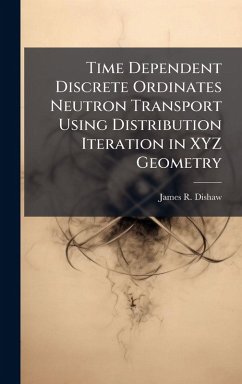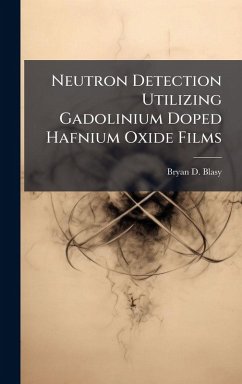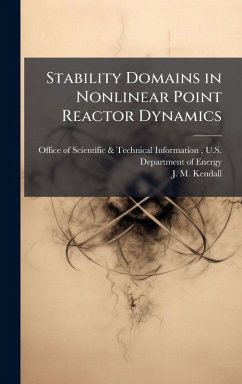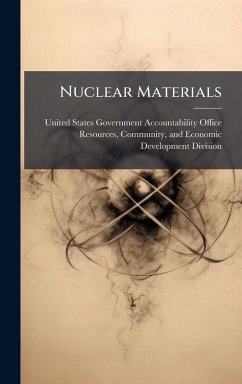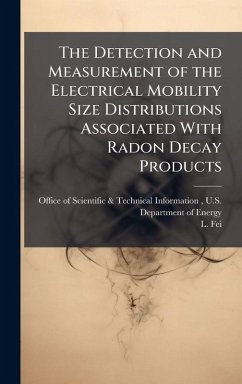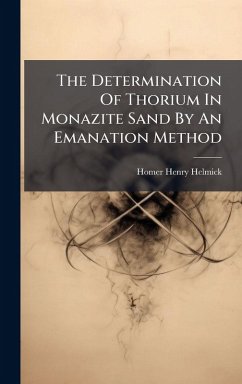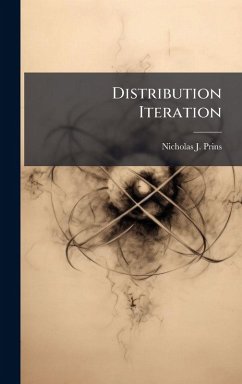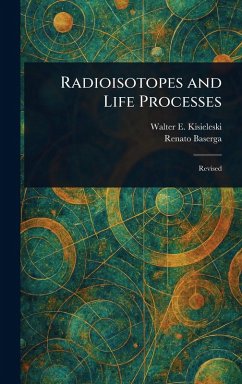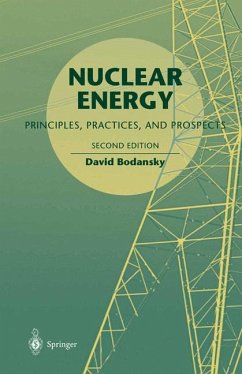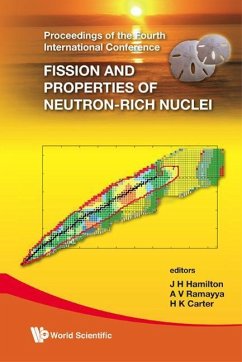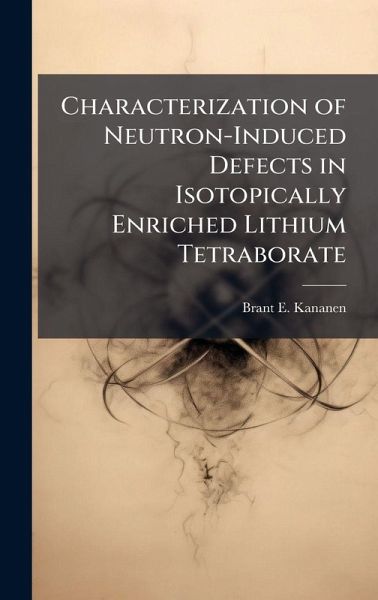
Characterization of Neutron-Induced Defects in Isotopically Enriched Lithium Tetraborate
Versandkostenfrei!
Versandfertig in über 4 Wochen
28,99 €
inkl. MwSt.
Weitere Ausgaben:

PAYBACK Punkte
14 °P sammeln!
Lithium Tetraborate (LTB) is assessed for use as a material for neutron detection. LTB isotopically enriched in either Li-6 or B-10 provides a medium that efficiently captures and transmutes neutrons into more readily detected forms of material or energy. Neutron detection is desirable to detect elicit movement of special nuclear material or nuclear weapons. Single crystals of LTB, Li-6 or B-10 enriched, were neutron irradiated, and electron paramagnetic resonance was used to detect point defects induced by the neutrons. Multiple defects were noted in the irradiated crystals. Two particular de...
Lithium Tetraborate (LTB) is assessed for use as a material for neutron detection. LTB isotopically enriched in either Li-6 or B-10 provides a medium that efficiently captures and transmutes neutrons into more readily detected forms of material or energy. Neutron detection is desirable to detect elicit movement of special nuclear material or nuclear weapons. Single crystals of LTB, Li-6 or B-10 enriched, were neutron irradiated, and electron paramagnetic resonance was used to detect point defects induced by the neutrons. Multiple defects were noted in the irradiated crystals. Two particular defects, perturbed lithium vacancies and lithium clusters are proposed as induced by thermal neutrons. Parallel experiments on silver doped LTB indicated that fast neutrons induce interstitial defects including interstitial oxygen, lithium, and silver atoms in silver doped crystals. Electron paramagnetic resonance, electron-nuclear double resonance, pulsed anneal, and thermo luminescence studies prior to neutron irradiation concluded that silver doped LTB crystals contain silver point defects that trap both electrons and holes. Pulsed anneal and thermo luminescence studies of all crystal types prior to neutron irradiation suggest neutron induced defects are significantly more stable that as grown defects. This work has been selected by scholars as being culturally important, and is part of the knowledge base of civilization as we know it. This work was reproduced from the original artifact, and remains as true to the original work as possible. Therefore, you will see the original copyright references, library stamps (as most of these works have been housed in our most important libraries around the world), and other notations in the work. This work is in the public domain in the United States of America, and possibly other nations. Within the United States, you may freely copy and distribute this work, as no entity (individual or corporate) has a copyright on the body of the work. As a reproduction of a historical artifact, this work may contain missing or blurred pages, poor pictures, errant marks, etc. Scholars believe, and we concur, that this work is important enough to be preserved, reproduced, and made generally available to the public. We appreciate your support of the preservation process, and thank you for being an important part of keeping this knowledge alive and relevant.



